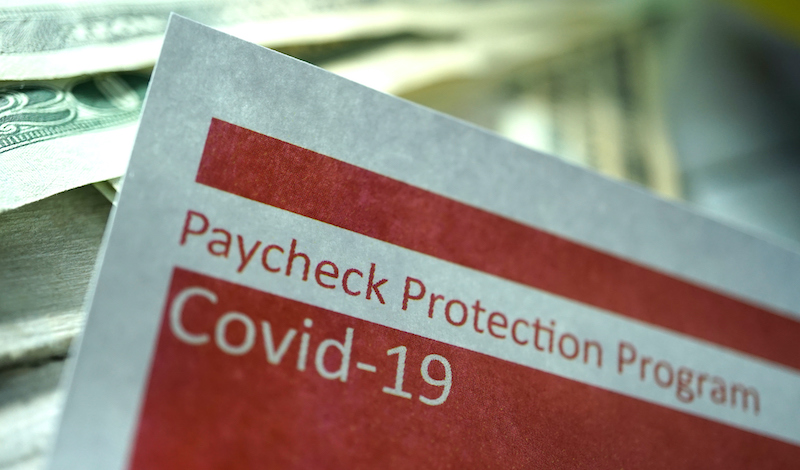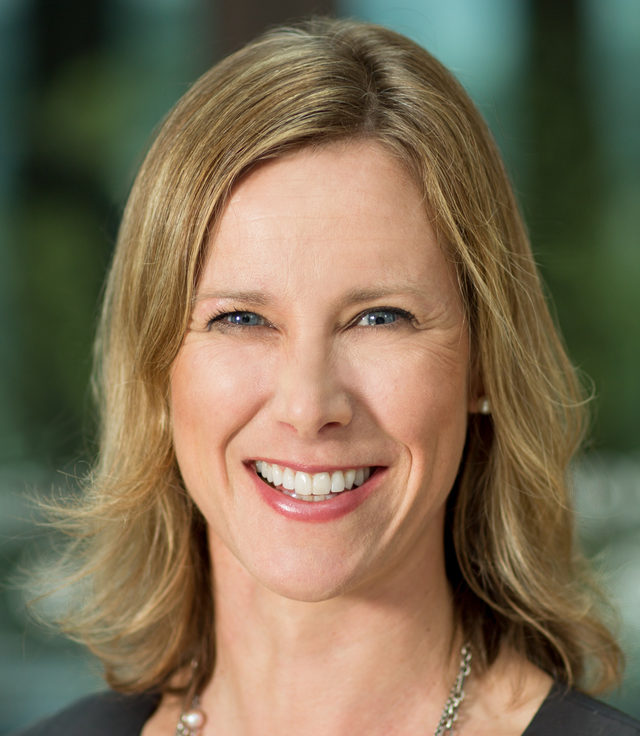
To navigate future crises, policymakers can learn from the flaws of pandemic-era loan distribution.
When crisis strikes, emergency spending spikes. But who should receive funds, and how much should they get? In 2020 and 2021, the U.S. government ran an enormous emergency money experiment, starting with the CARES Act, enacted on March 27, 2020. Its biggest component was the $800 billion Paycheck Protection Program (PPP). The PPP offers two key lessons for distributing emergency money. First, consider back-end adjustments. Second, distribute in descending order of necessity. Both tools mitigate the emergency fund tradeoff between speed and accuracy.
These lessons apply when a fund, like the PPP, has inadequate distribution rules. Some funds do have adequate distribution rules. For example, the September 11th Victim Compensation Fund followed tort law principles, and the Federal Emergency Management Agency relief for uninsured property damage follows an insurance framework. But the PPP is like other emergency funds, including the 2008 Troubled Asset Relief Program, that give administrators a lot of leeway.
The PPP not only lacked distribution rules but also cast a broad net. The PPP allowed requests for forgivable loans equal to the lesser of 2.5 times monthly payroll or $10 million for any business with 500 employees or fewer, where the 500-employee limit generally applied on a per-location basis for hospitality businesses. Loan forgiveness requirements, such as using funds for payroll and other business expenses, were not very stringent. One article estimates that, even among publicly traded firms, half were eligible for PPP money.
The PPP’s so-called “hardship certification” did not provide additional clarity. Sure, applicants had to state that “the uncertainty of current economic conditions makes necessary the loan request to support the ongoing operations of the eligible recipient.” But this was not a real constraint. It was easy to take the position that an applicant fulfilled the certification because no one really knew what it meant.
Different commentators have suggested conflicting purposes for the PPP: helping specific economic sectors such as in-person service businesses, helping intermediate firms that would not survive without the PPP, and preserving jobs.
The weaknesses of the PPP became clear immediately after the program launched in April 2020. The Small Business Administration (SBA) made no rules about distribution, declared the program open on a “first-come, first-serve” basis, and left overwhelmed banks to process applications, which soon exceeded the initial $349 billion in funds. Early successful applicants were larger; had a banking relationship, especially a lending relationship; and were more likely to be white. At the start, the average grant was about $239,000, and about 47% of the money went out in amounts that exceeded $1 million. By the end of the program in 2021, the average grant had fallen to $42,000, and only 16% of granted funds went out in amounts that exceeded $1 million. Later in the program, more grants were channeled to businesses that had more need for the money.
The PPP illustrates a fundamental emergency money policy tension: the tradeoff between speed and accuracy. Administrators can choose either to distribute quickly or to distribute accurately in accordance with a fund’s policy goals. They cannot simultaneously maximize both.
But the PPP also shows that administrators can improve their performance over the course of an emergency fund program and mitigate the speed–accuracy tradeoff. Here is where the PPP offers lessons for the future. Both back-end adjustments and distribution in descending order of necessity allow distribution to take place immediately, while anticipating adjustments to distribution policy later.
A back-end adjustment is a later modification to the original terms of a program. For instance, in the PPP, Congress relaxed terms of forgiveness by allowing 24 weeks rather than 8 weeks for applicants to spend funds on payroll and other business expenses. More controversially, the government used a threat of enforcement to pressure some firms into giving the money back. In spring 2020, some large and public companies that received PPP grants were “Shake Shacked” by critical media coverage in April 2020. Then, the SBA released guidance that clarified both “safe harbors” of behavior that complies with the law and “sure shipwrecks” of behavior that would attract audit. In the guidance, the SBA discouraged applications of $2 million or more and applications by publicly traded companies. After this guidance, 110 public firms returned about $600 million.
Distribution in descending order of necessity means distributing funds first to applicants that most clearly meet the program objectives. A fund could distribute smaller amounts first, then larger and larger amounts until the fund is fully claimed. This method would reveal information about the applicant pool in the same way that a descending-price auction reveals information about buyers competing to buy Treasury bonds. In particular, it reveals the “clearing” grant amount—the level at which all funds will be disbursed. A variation of this idea was used in the December 2020 statute that provided aid to shuttered venue operators. This program required funds to be disbursed first to venues that had experienced a 90% or more revenue loss, then to venues showing a 70% or more revenue loss, then to other venues.
Distributing in descending order of necessity can also function as an information-gathering mechanism. An emergency fund would invite applications of any size, but first fund those applications only up to a limit. This process allows the fund to get some money out the door and simultaneously collect key information about the applicant pool at an affordable price. Then administrators can use that information to improve the accuracy of the policy.
As the PPP shows, uncertainty about how to distribute emergency money can lead to administrative paralysis. By default, the market can take over, which leads to unregulated competition for resources, which the strongest often win, which undermines the purpose of the emergency fund in the first place. Administrators’ task when distributing emergency funds is to pursue speed and accuracy simultaneously. Next time, back-end adjustments and distribution in descending order of necessity can help.




